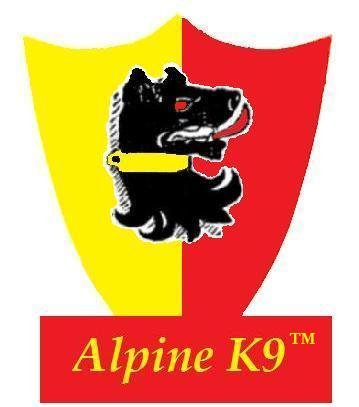How To Teach The Dog To Fight?
During one of my postings of telling people that we should not teach the Personal Protection dog / Law Enforcement dog how to bite, but we should teach the dog how to fight. Instead, someone asked me how do you teach the dog to fight. The answer is simple, and there are two stages to it. In training, - at first - you teach the dog that if he matches negative stress with a higher level of negative pressure towards prey or enemy, he will win. That is done by decoy and trainer observing the dog during training and in the instance the dog up the antie - we will let him win. Simple. OK? So we are just not letting the dog win, but we wait until he ups the antie, and THEN we let him win. And we continually are adding pressure with each additional session. If the dog ups the antie and wins, WE MUST QUIT and not repeat the exercise in that session. This makes it for short sessions, but it is of paramount importance in just about all training and not just in protection training. As soon as you succeed - quit. What about conditioning, then? You may ask. Conditioning for this concept is achieved in the repetition of the session and not by the repetition of scenarios within the session. The dog wins, and we are happy and praise the dog and go home. REMEMBER we are teaching the dog to work for us and NOT for itself. If we would teach the dog to work for itself ( which IMO is a false concept), then we can repeat the scenario within the session. But I am against such an approach.
The second step of teaching the Personal Protection dog / Law Enforcement dog to fight is commenced after he grasps the concept of the exercise. It is done on a fluid continuum - meaning there is no sharp edge between steps one and two, but it is a fluid transition. In step two, we mimic what the perpetrator of the crime or other type of an enemy will do when fighting the dog, and we observe the dog's fighting skills during such exercise. Before the exercise, we determine how far the decoy will go with his pressure and see if the dog can manage to win. When he wins, we praise the dog with a pet and happy voice - remember the dog is working for us and with us; thus, the reward comes from us and is us ( our attitude, happy or not) dog is taught to please us. We are the measure of his success. Not some cookie or toy play!!!!!!!!!
In the end, I would like to stress an important point. Always start EACH session by targeting a civil ( no equipment ), preferably a passive decoy, who will move only after the dog shows aggression. And NOT BEFORE!
